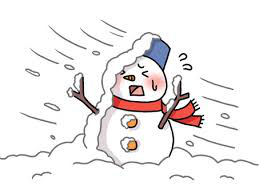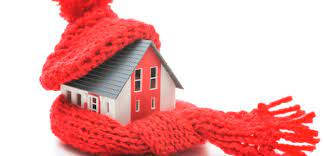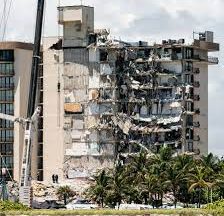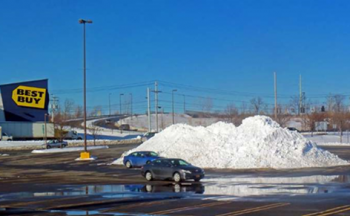 October 2024
October 2024
Severe storms, heavy snow, excess ice or water damage, and other winter weather can damage building envelopes, roofs and equipment. Preventative measures keep people, infrastructure and equipment safe.
Routine inspections throughout winter, and particularly after severe weather or extreme temperatures can help identify pipe damage, holes or cracks that can cause damage to worsen if not dealt with.
Winterize your roof by clearing fallen debris that can block roof gutters, drains and downspouts. Prevent snow and ice from building up, melting and causing excess water damage by clearing drainage systems.
Protect pipes by wrapping them with insulation and cover openings where they can be exposed to freezing temperatures. This prevents cracks and bursting due to cold weather. Turn off water to outer spouts, remove hoses and drain pipes to prevent water from freezing and expanding in these restricted spaces.
Don’t allow snow to pile up on roofs, by entrances or along walls. Heavy snow loads can cause structural damage or collapse. Entry and egress areas should be kept clear of snow for safe access.
Excessive ice build-up can jeopardize the integrity of roofs and building structures. It is a danger to residents in the form of falling ice and slipping. Keep ice from forming, to the greatest extent possible, in community parking lots, sidewalks and on other surfaces.
Protect against flooding and water damage from melting ice or snow that can enter the building and do permanent damage. Keep snow piles away from the building structure, gutters and downspouts clear, and repair visible cracks in the building. Adequate building insulation limits heat loss and helps keep ice dams from forming.
Seal cracks, tears and holes in the building envelope with caulking and insulation to prevent cold air from entering the building and damaging pipes and HVAC systems. Add weather stripping around doors and windows to control air leaks.







